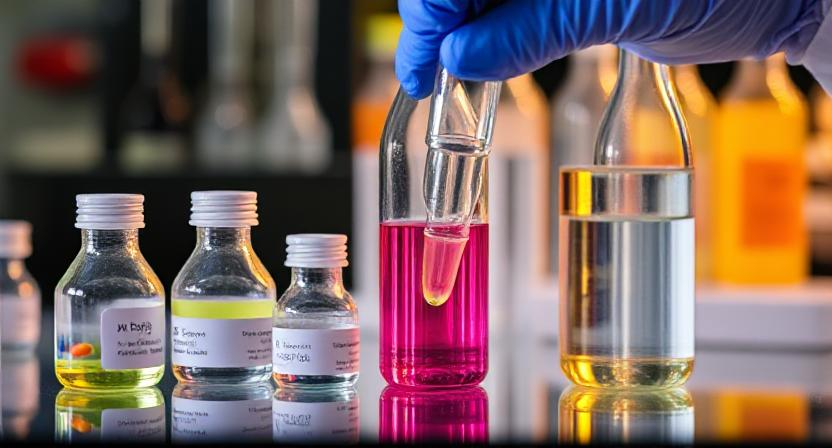Disinfectants eliminate microorganisms through different biochemical and physical mechanisms. The most effective sterilants utilize oxidation, protein denaturation, membrane disruption, or radical formation to achieve microbial inactivation. Modern high-efficiency disinfectants typically fall into the following categories:
1.1 Oxidizing Agents
Oxidizing disinfectants are among the most effective solutions for microbial control. They work by generating highly reactive species that cause irreversible damage to cellular components.
- Hydrogen Peroxide (H₂O₂): Functions by producing hydroxyl radicals that attack proteins, lipids, and nucleic acids.
- Peracetic Acid (CH₃CO₃H): A potent oxidizer that disrupts cell membranes and enzymes through oxidative stress.
- Ozone (O₃): Reacts with organic molecules in microbial cells, leading to their structural and functional degradation.
Availability of Peracetic Acid in Different Concentrations
Peracetic acid is widely used in industrial sterilization due to its strong oxidizing capabilities and biodegradability. However, the concentration of peracetic acid in commercially available products varies significantly, affecting its potency and application scope. Most peracetic acid solutions in the market range between 5% to 15%, with higher concentrations being less common due to handling restrictions and stability concerns.
Finding a rare and highly effective 35% peracetic acid solution ensures a high level of microbial control in applications that require rapid, broad-spectrum disinfection. The higher concentration provides enhanced antimicrobial efficiency, reducing the required contact time and dosage compared to lower concentrations. This makes it an ideal solution for industries requiring high-level sterilization, such as healthcare, food processing, and wastewater treatment. Shop here!
1.2 Quaternary Ammonium Compounds (QACs)
QACs disrupt microbial cell membranes by targeting phospholipid bilayers, leading to leakage of cytoplasmic contents. They are particularly effective against Gram-positive bacteria but have reduced efficacy against spores and some Gram-negative strains.
1.3 Halogen-Based Disinfectants
Halogens such as chlorine and iodine act by disrupting essential enzymatic pathways and oxidizing cellular components.
- Sodium Hypochlorite (NaOCl): Functions by releasing hypochlorous acid, which interacts with microbial proteins and DNA.
- Chlorine Dioxide (ClO₂): Effective against bacteria, viruses, and spores through oxidative damage and interference with metabolic processes.
1.4 Advanced Radical-Based Disinfectants
Recent innovations have led to the development of radical-based disinfectants that generate reactive oxygen species (ROS) to enhance microbial inactivation. These include plasma-activated solutions, hydroxyl radical-based systems, and photocatalytic sterilants.

